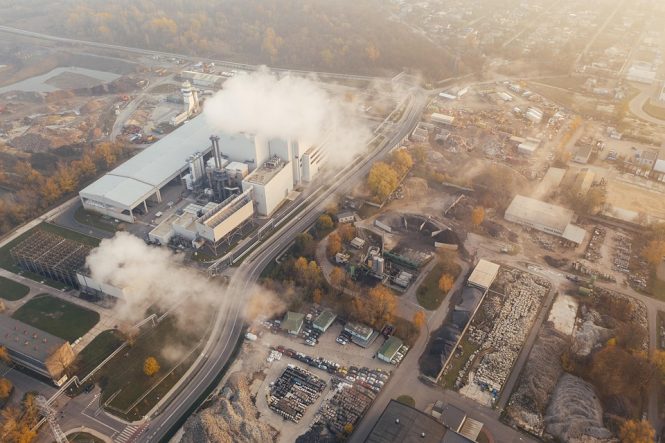
The Chemical Peel Revolution: Say Goodbye to Dull, Aging Skin
For decades, individuals have sought out ways to rejuvenate and revitalize their skin, banishing fine lines, wrinkles, and dullness. While creams, serums, and facials have their place, a more effective solution has emerged: chemical peels. This non-invasive, non-surgical treatment has revolutionized the skincare industry, providing a safe and efficient way to transform dull, aging skin into a radiant, youthful glow.
What are Chemical Peels?
Chemical peels are a type of cosmetic treatment that uses a solution to remove the top layers of the skin, revealing smoother, brighter skin underneath. The solution, typically containing alpha-hydroxy acids (AHAs) or beta-hydroxy acids (BHAs), is applied to the skin and left on for a specified period before being neutralized and removed. This process stimulates cell turnover, encouraging the growth of new skin cells and collagen production, which helps to improve skin texture, tone, and appearance.
Benefits of Chemical Peels
The benefits of chemical peels are numerous and impressive. Some of the most significant advantages include:
- Improved skin texture: Chemical peels help to smooth out fine lines, wrinkles, and skin irregularities, leaving skin feeling softer and looking more even-toned.
- Reduced appearance of pores: By removing dead skin cells and unclogging pores, chemical peels can minimize the appearance of pores, giving skin a more refined and polished appearance.
- Fading of age spots and hyperpigmentation: Chemical peels can help to reduce the appearance of age spots, freckles, and other forms of hyperpigmentation, resulting in a more even skin tone.
- Acne treatment: Chemical peels can be used to treat acne, blackheads, and other skin imperfections, helping to unclog pores and reduce inflammation.
- Customizable: Chemical peels can be tailored to address specific skin concerns, such as acne, aging, or hyperpigmentation, making them an effective solution for a wide range of skin types and concerns.
Types of Chemical Peels
There are several types of chemical peels available, each with its own unique benefits and characteristics. Some of the most common types include:
- Glycolic acid peels: Derived from sugar cane, glycolic acid peels are ideal for addressing fine lines, wrinkles, and skin discoloration.
- Lactic acid peels: Derived from milk, lactic acid peels are gentler than glycolic acid peels and are often used to treat sensitive skin.
- Salicylic acid peels: Derived from aspirin, salicylic acid peels are commonly used to treat acne, blackheads, and other skin imperfections.
- Jessner’s peels: A combination of salicylic acid, lactic acid, and resorcinol, Jessner’s peels are often used to treat more severe skin concerns, such as acne and hyperpigmentation.
The Procedure
The chemical peel procedure is relatively straightforward and can be performed in a dermatologist’s office or medical spa. Here’s what you can expect:
- Pre-treatment preparation: Your skin will be cleansed and prepared for the treatment.
- Application of the peel: The chemical solution will be applied to your skin and left on for a specified period, usually several minutes.
- Neutralization: The solution will be neutralized and removed from your skin.
- Post-treatment care: Your skin will be soothed and moisturized, and you will be provided with instructions on how to care for your skin after the treatment.
Aftercare and Maintenance
To ensure optimal results and minimize downtime, it’s essential to follow a proper aftercare routine. This may include:
- Avoiding sun exposure: Protect your skin from the sun by using a broad-spectrum sunscreen with at least SPF 30.
- Moisturizing: Keep your skin hydrated and moisturized to promote healing and reduce dryness.
- Avoiding exfoliating products: Refrain from using exfoliating products, such as alpha-hydroxy acids or beta-hydroxy acids, for several days after the treatment.
- Follow-up treatments: Schedule follow-up treatments as recommended by your dermatologist or skincare professional to maintain optimal results.
Conclusion
The chemical peel revolution has transformed the skincare industry, offering a safe, effective, and non-invasive solution for achieving radiant, youthful skin. Whether you’re looking to address fine lines, wrinkles, acne, or hyperpigmentation, chemical peels can help. With their customizable nature and impressive benefits, it’s no wonder why chemical peels have become a staple in the skincare routine of many individuals. Say goodbye to dull, aging skin and hello to a brighter, more radiant complexion with the power of chemical peels.